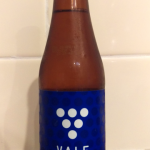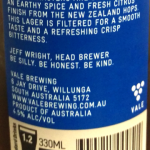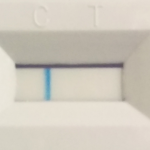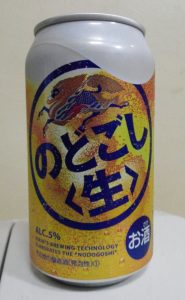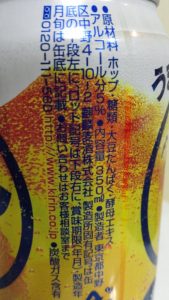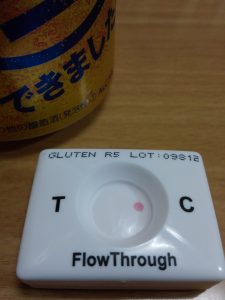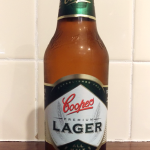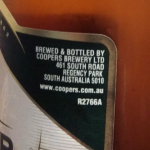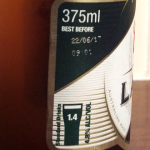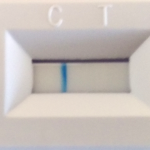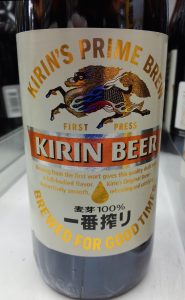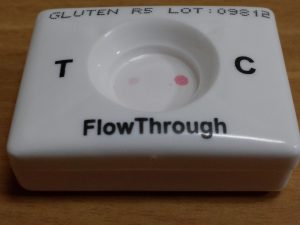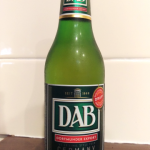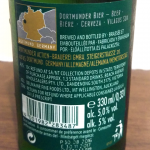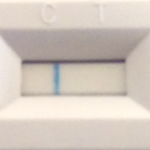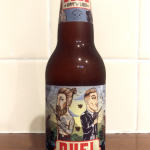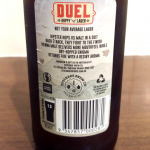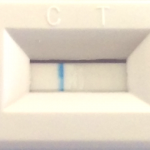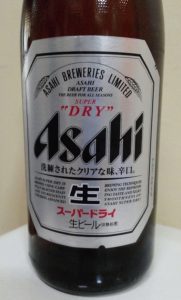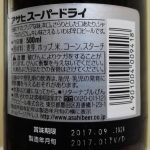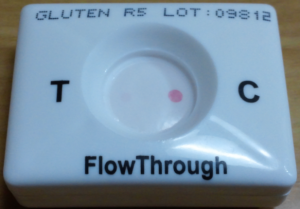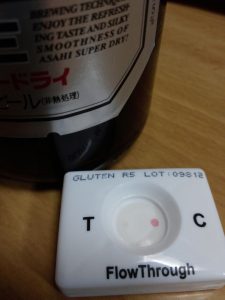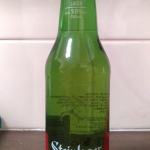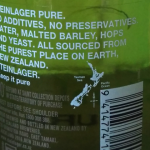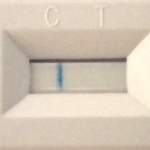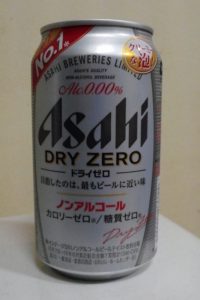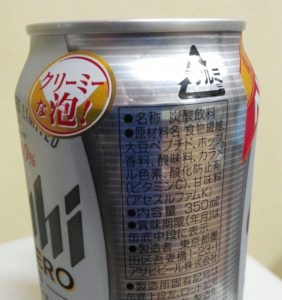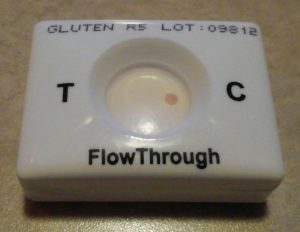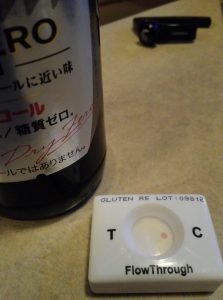Sapporo Black Label is a typical Japanese lager, and one of the top-selling beers in Japan. It contains not only malt and hops, but rice, corn, and starch, which gave me hope for a low- or no-gluten test result. I had also encountered anecdotal claims on the Web that Sapporo (no variety specified, just “Sapporo”) was gluten-free. Indeed, if you order a “Sapporo” in Japan, you can expect to get Black Label. Let’s see how it tested. NOTE: this beer is completely different from the Sapporo Black product.
Beer: Sappo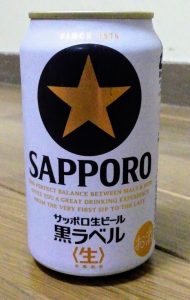 ro Black Label (サッポロ黒ラベル)
ro Black Label (サッポロ黒ラベル)
Producer: Sapporo
Originating country: Japan
Brewing location: Japan
Can size: 350ml
Alcohol by volume: 5.0%
Ingredients: malt, hops, rice, corn, starch (unspecified)
Test kit: Imutest Gluten-in-Food Kit
Test result: There is a not-so-faint pink spot on the left side of the testing area, which is an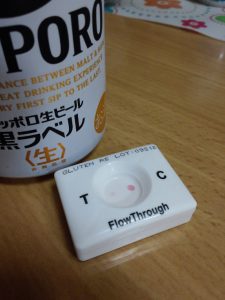 indication of the presence of gluten. The pink spot on the right test area (C) is a control spot and indicates that the extract/sample is suitable, the test has been performed correctly, and all reagents are active. The gluten content of the sample can be estimated according to the intensity of the pink test spot. Despite the use of rice and corn in the brewing process, this sample of Sapporo Black Label seems to have a relatively high gluten content compared to other Japanese lagers I’ve tested.
indication of the presence of gluten. The pink spot on the right test area (C) is a control spot and indicates that the extract/sample is suitable, the test has been performed correctly, and all reagents are active. The gluten content of the sample can be estimated according to the intensity of the pink test spot. Despite the use of rice and corn in the brewing process, this sample of Sapporo Black Label seems to have a relatively high gluten content compared to other Japanese lagers I’ve tested.

